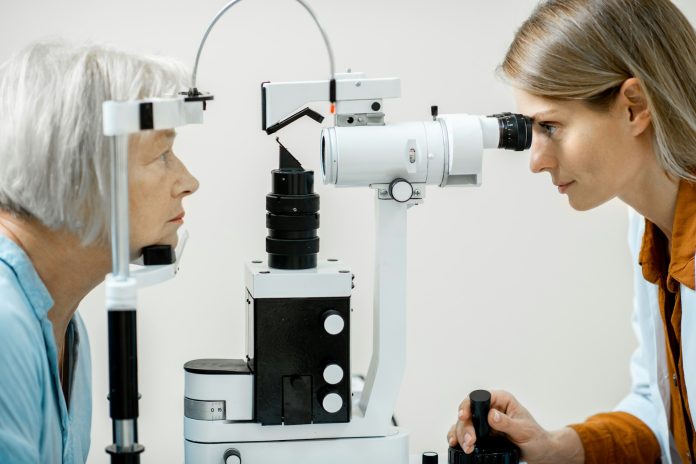
Glaucoma is one of the leading causes of permanent vision loss in the world. It happens slowly over time and often goes unnoticed until it’s too late.
That’s because it damages the optic nerve—the part of your eye that sends what you see to your brain. When pressure builds up inside the eye, it can harm this nerve and create blind spots. If left untreated, glaucoma can eventually lead to complete blindness.
Right now, testing everyone for glaucoma is difficult and expensive. Many people don’t even know they have it until they’ve already lost some vision. That’s why early screening is so important. But there’s good news—new research shows that artificial intelligence (AI) could help doctors catch glaucoma earlier, faster, and more accurately.
In a recent study presented at the American Academy of Ophthalmology’s meeting in Florida, scientists from University College London tested how well an AI program could detect signs of glaucoma.
They compared the AI’s results to those of human eye experts. The AI program reviewed eye images from over 6,300 people. Almost 700 of these people had glaucoma in at least one eye.
The AI program correctly spotted glaucoma 88% to 90% of the time. In comparison, the human experts identified glaucoma correctly about 79% to 81% of the time. That means AI could be better than trained professionals at spotting this condition during routine eye exams.
The way glaucoma is usually checked is by looking at the structure of the eye, especially something called the “vertical cup-disk ratio.” This measures how much pressure has changed the shape of the eye. The researchers used this method for both the AI and human evaluations.
They also noted that only about 11% of the eyes in the study were found to possibly have glaucoma. This is very similar to what doctors would expect during regular screening in the general population, showing that the study reflects real-world conditions.
Lead researcher Dr. Anthony Khawaja believes this study is an important step toward using AI in everyday medical care. He hopes that AI, along with other tools like genetic risk scores, can make it possible to screen more people affordably. This could be especially useful in places where access to eye care is limited.
Right now, glaucoma is treated mostly with special eye drops that lower pressure in the eye. Sometimes, surgery is needed to help fluid drain properly and reduce the pressure. But treatment works best when the disease is caught early—before much damage is done.
Looking closely at the study results, it’s clear that AI has great potential in eye care. The accuracy of the AI was higher than human experts, and it worked well even when only a small number of people had glaucoma.
This suggests AI could be useful in real-world clinics or mobile screening units. And because AI can work quickly and doesn’t need rest, it could help doctors test many more people.
The researchers also mentioned that the AI could be even better if it included more information, like measuring the actual pressure inside the eye. This shows that AI tools can continue to improve.
In summary, this study gives strong hope that artificial intelligence can be used to improve glaucoma screening. With better early detection, more people could get the treatment they need in time to protect their sight. This could be a major step in preventing blindness across the world.
If you care about cancer risk, please read studies that exercise may stop cancer in its tracks, and vitamin D can cut cancer death risk.
For more health information, please see recent studies that yogurt and high-fiber diet may cut lung cancer risk, and results showing that new cancer treatment may reawaken the immune system.
Copyright © 2025 Knowridge Science Report. All rights reserved.



